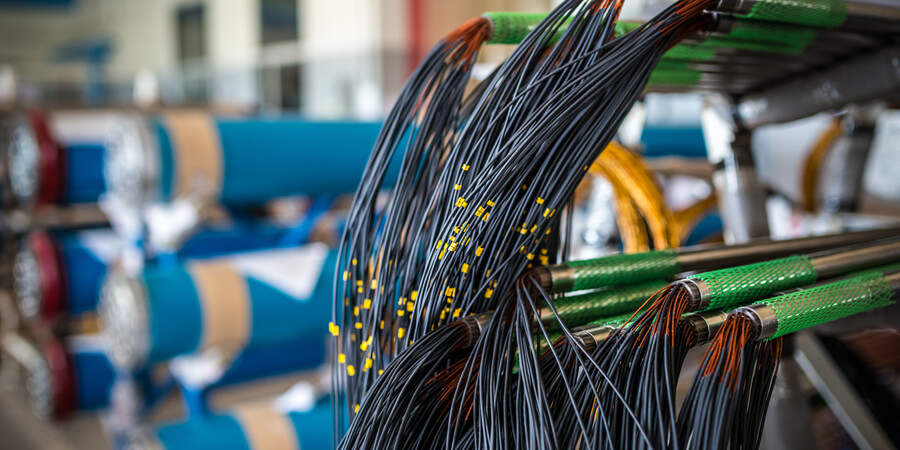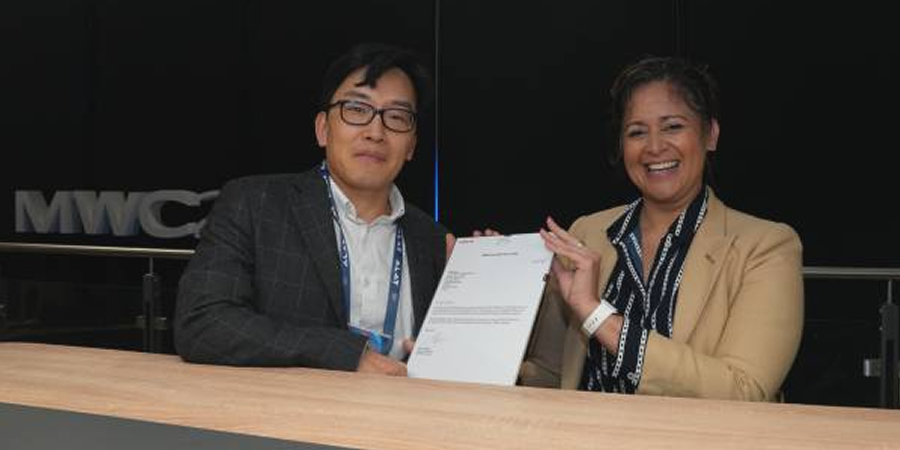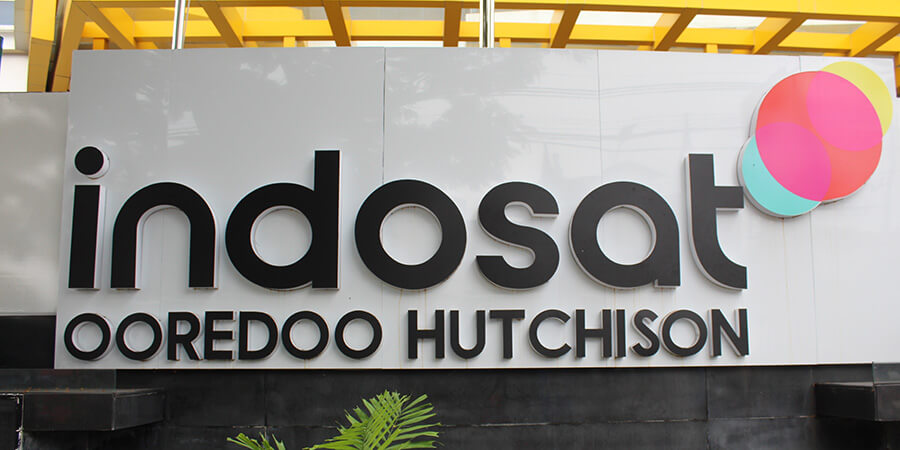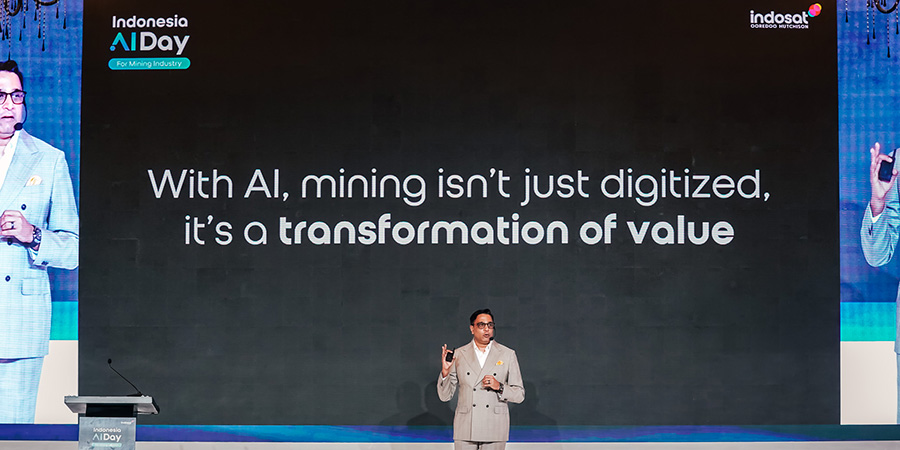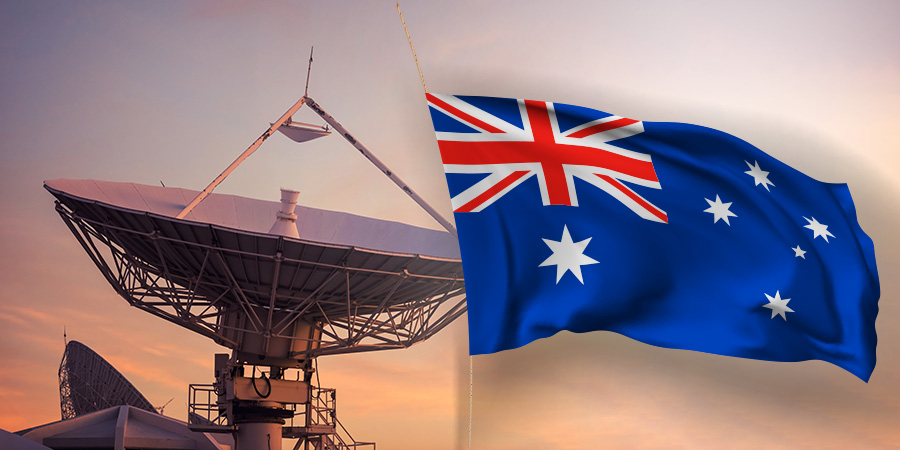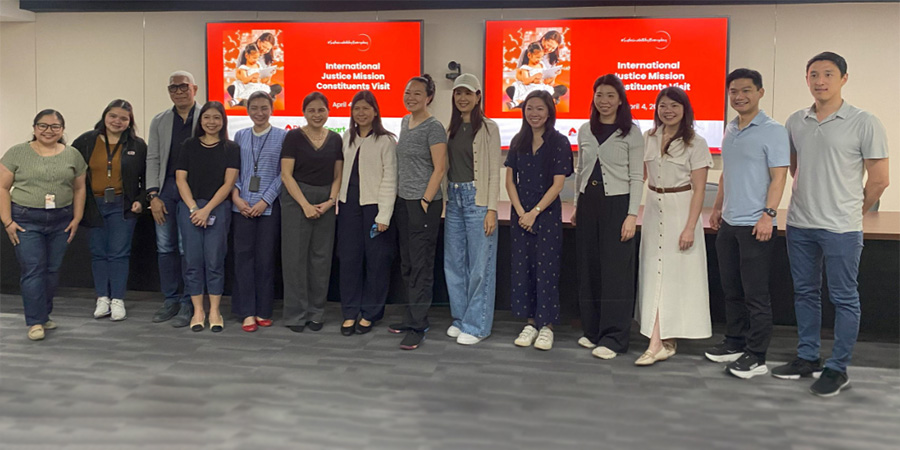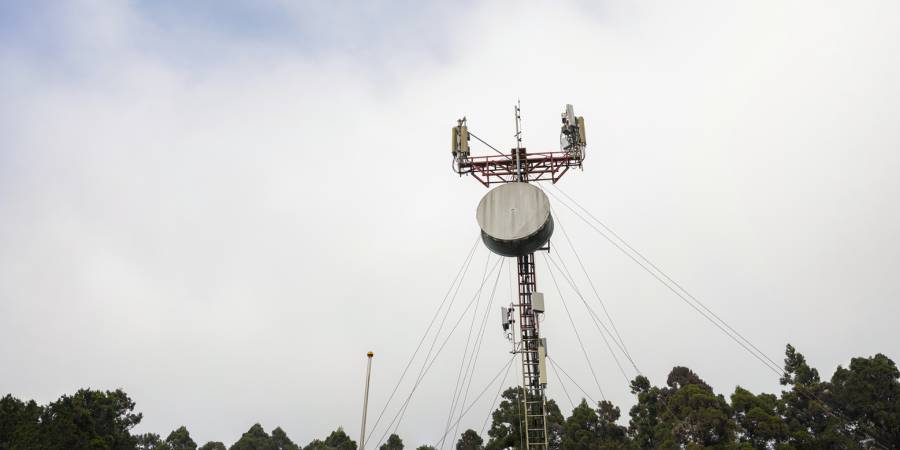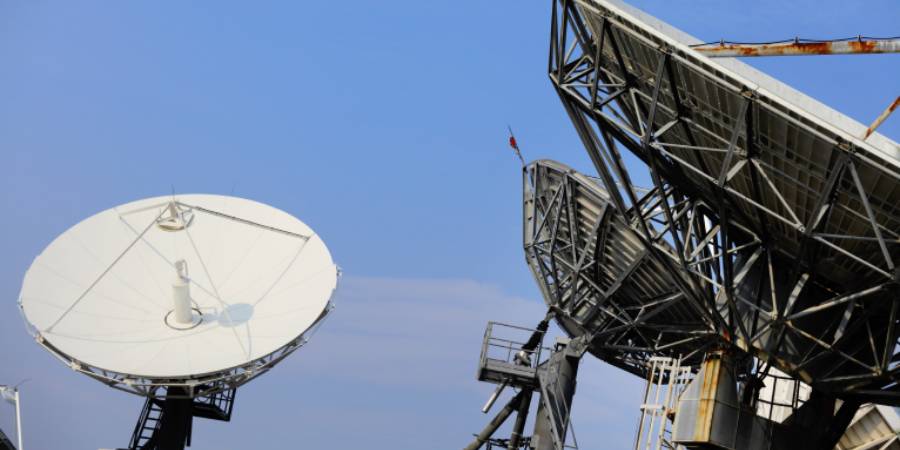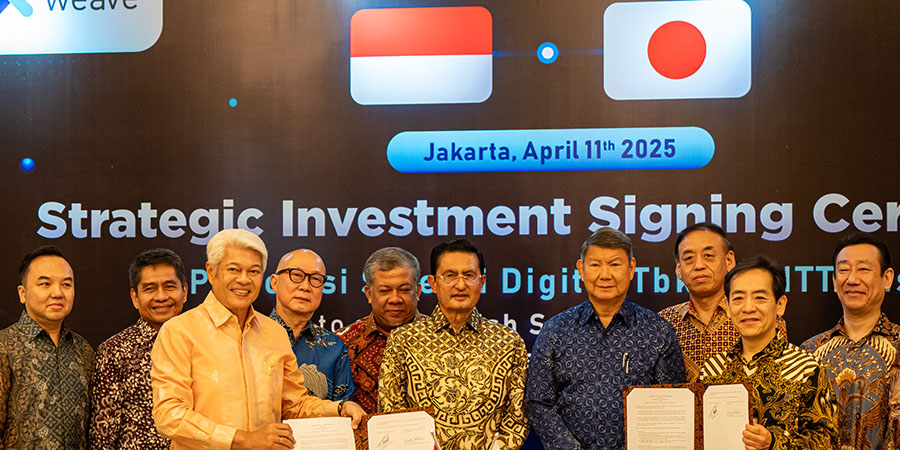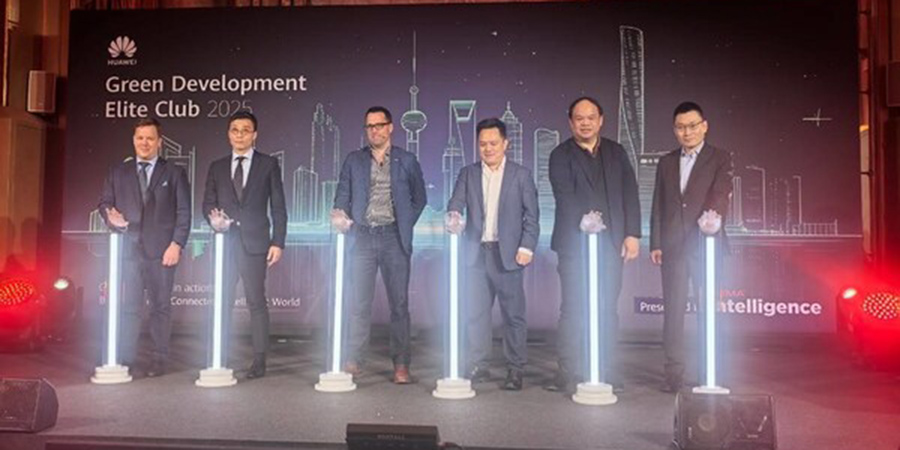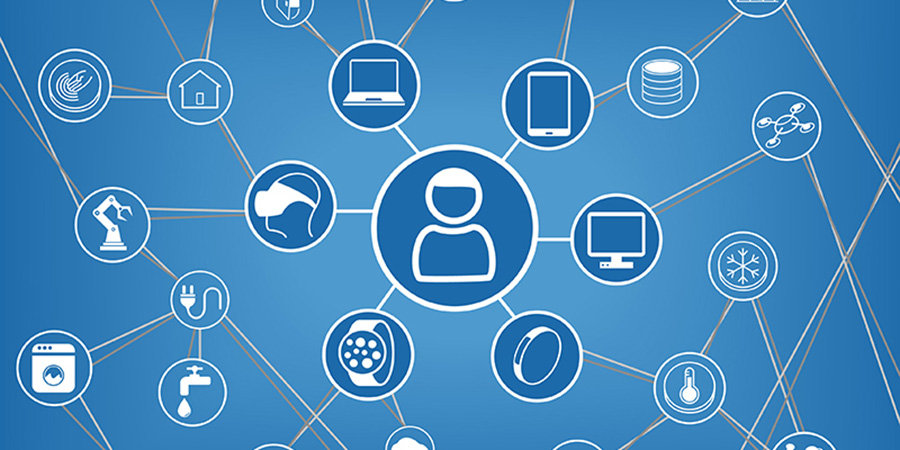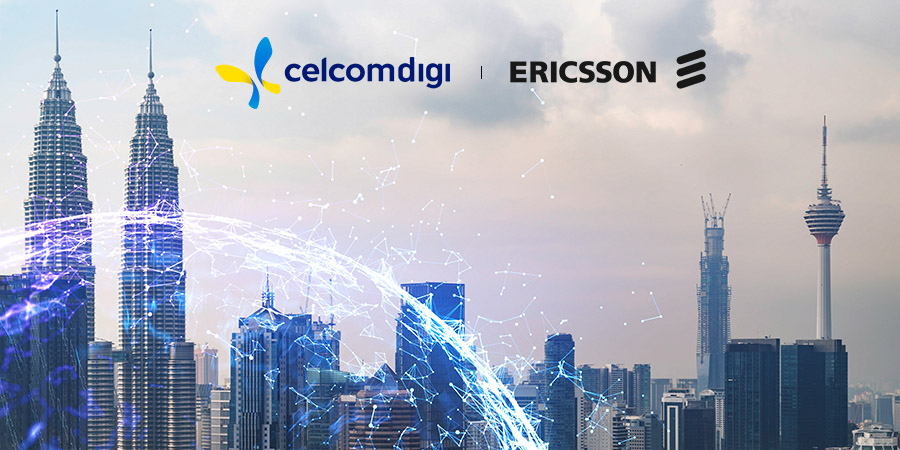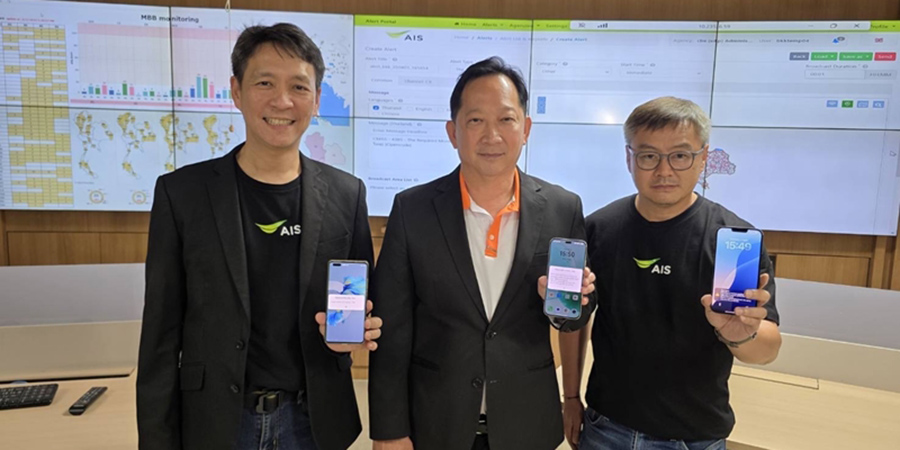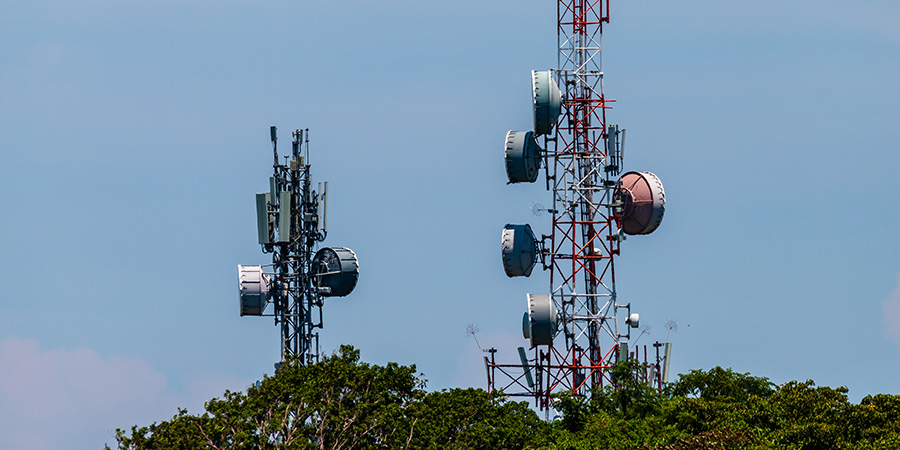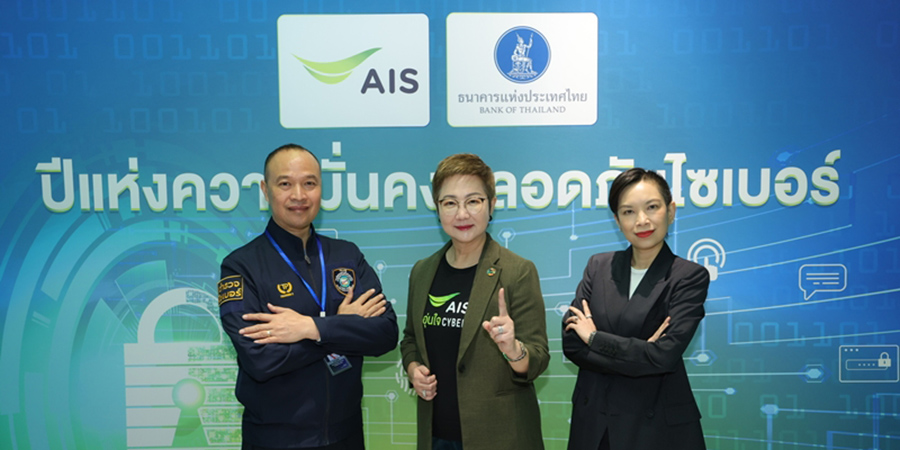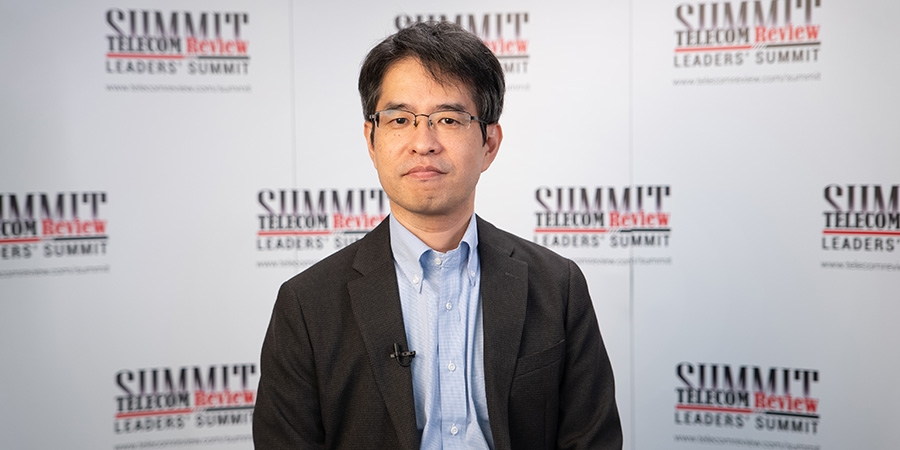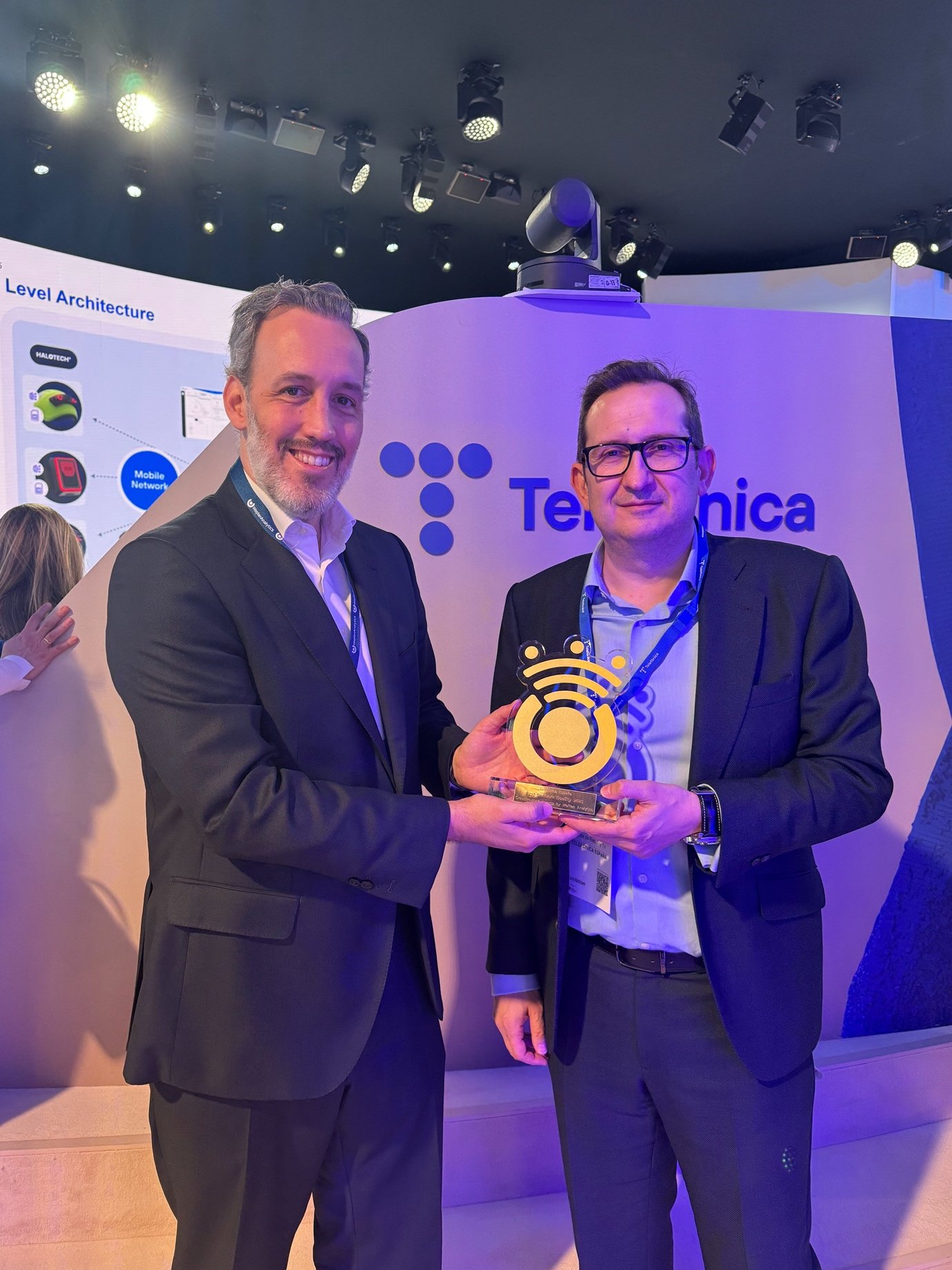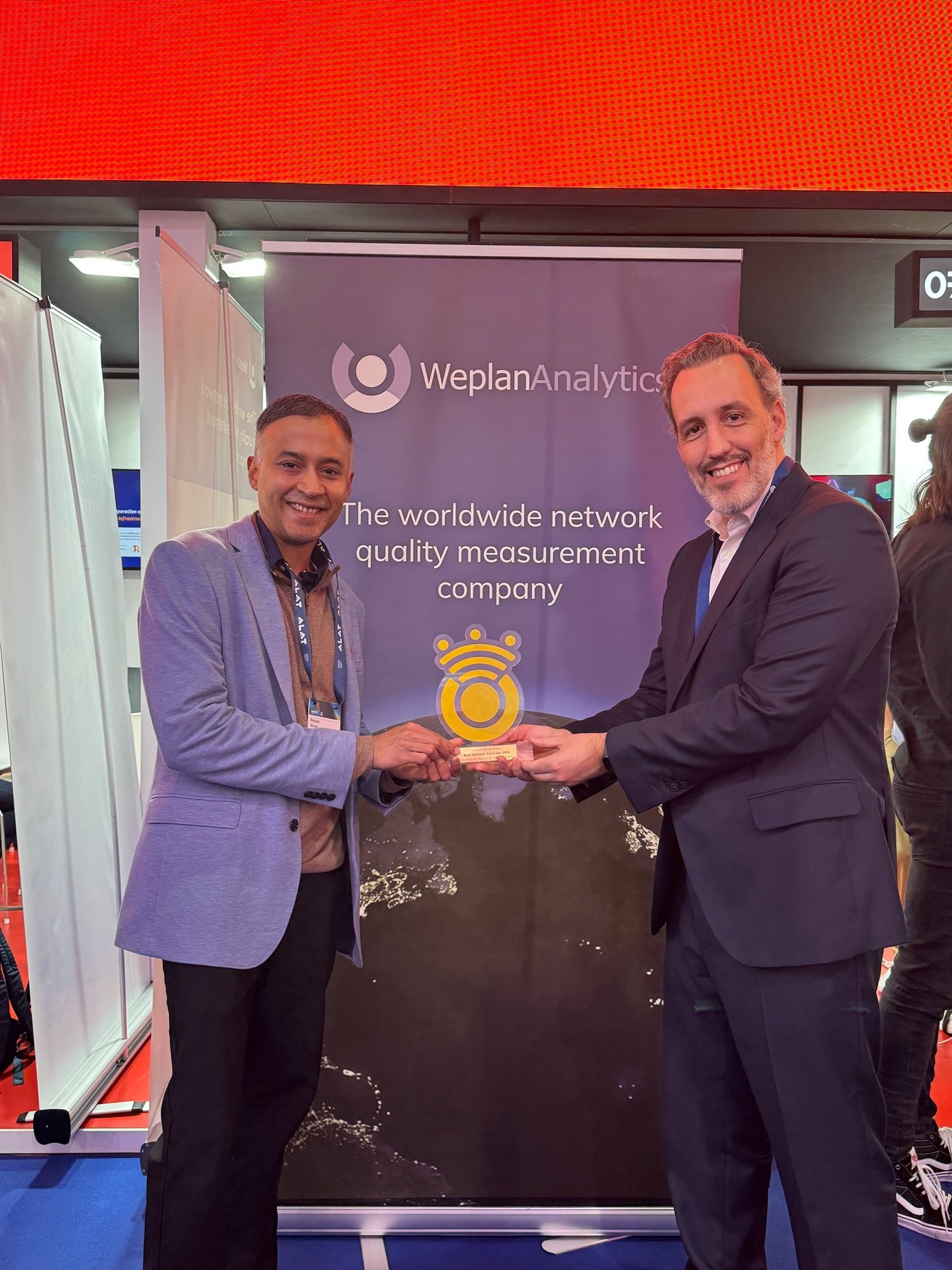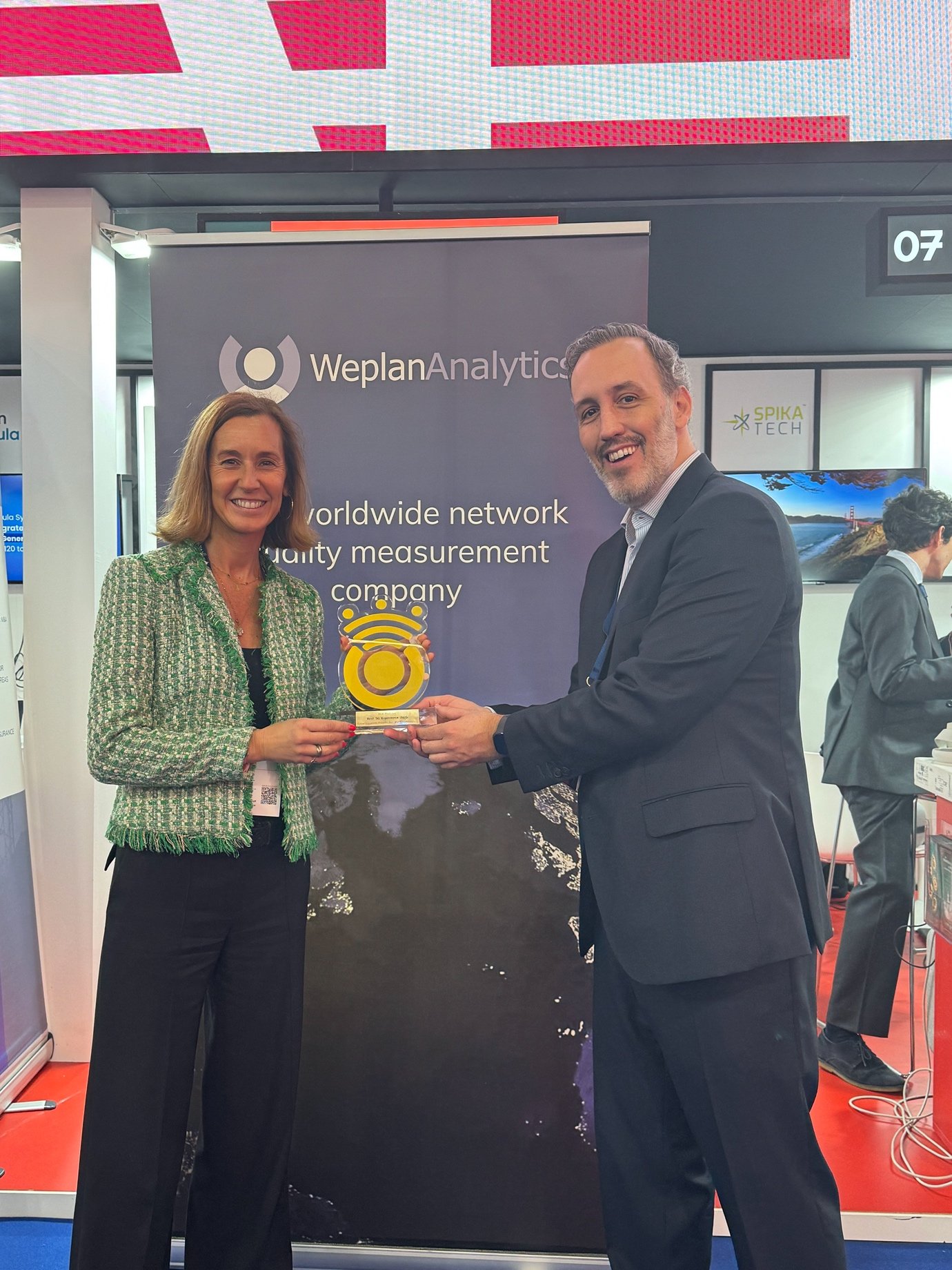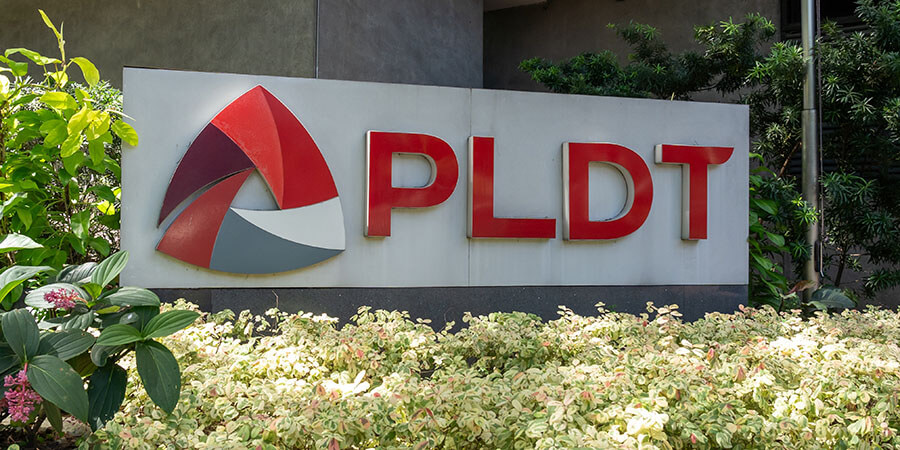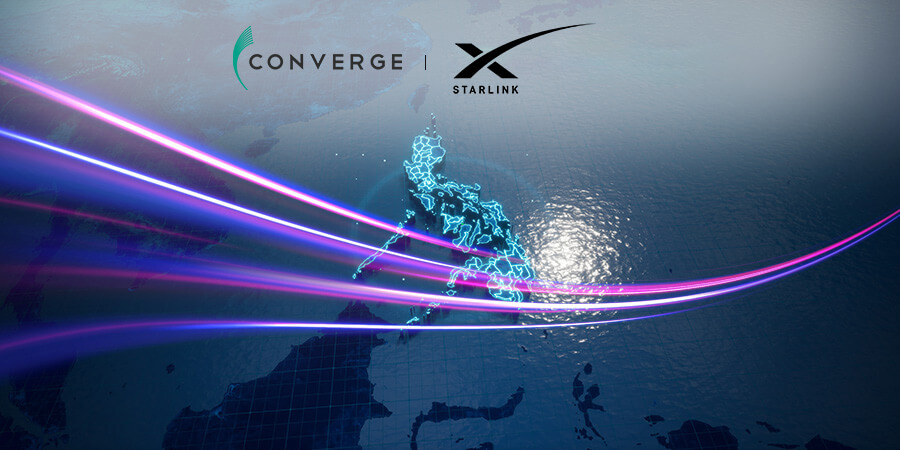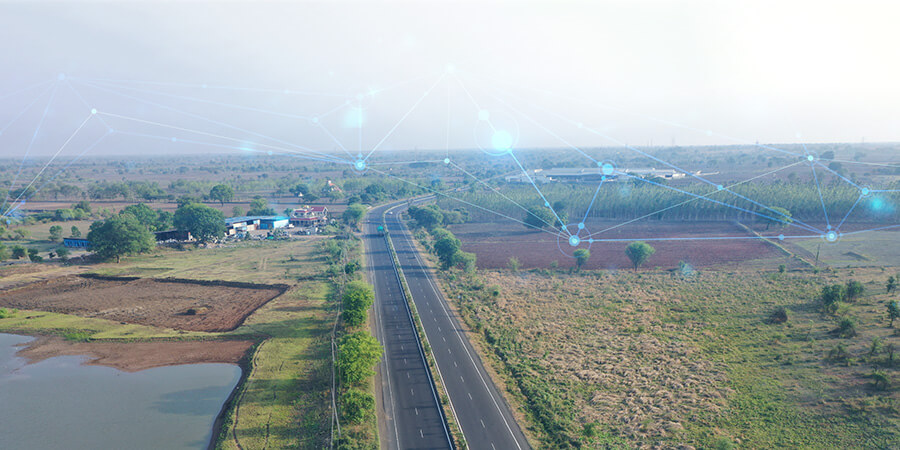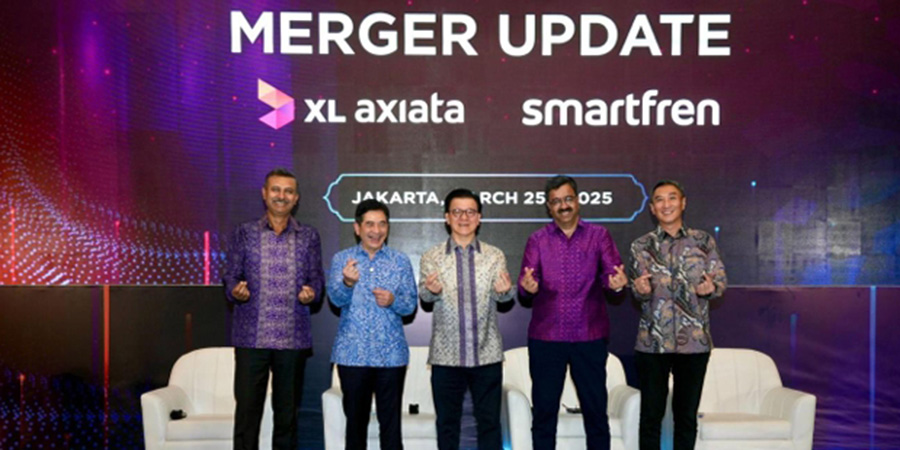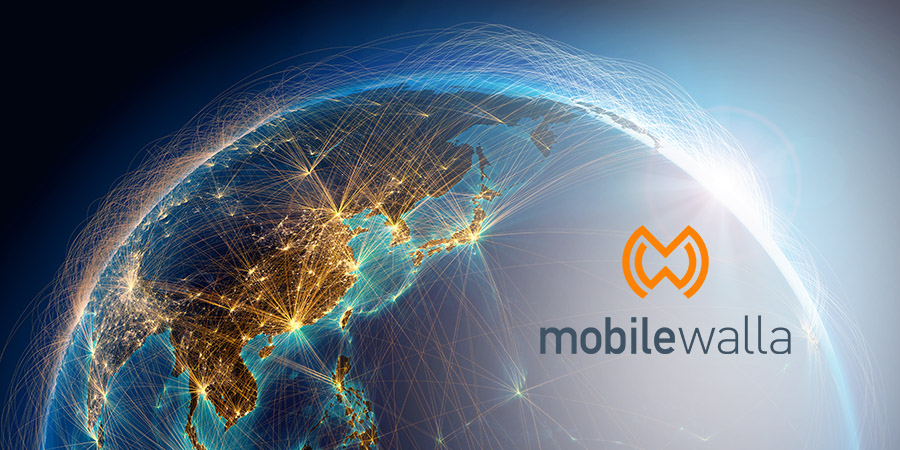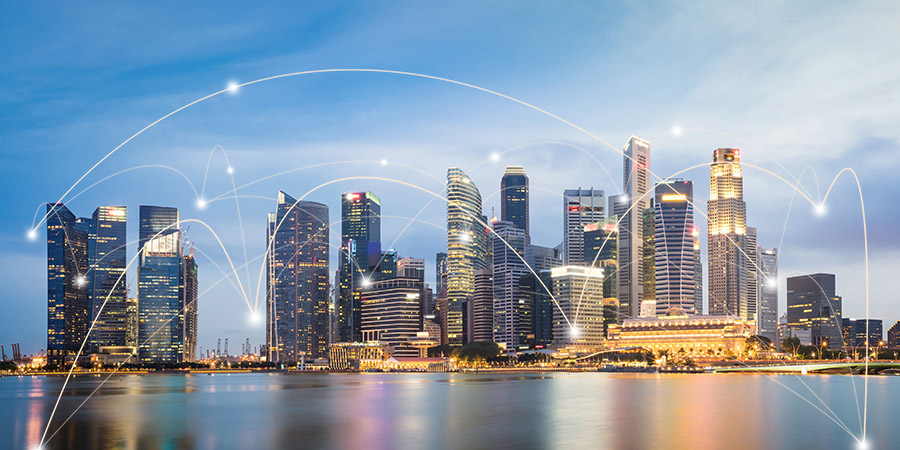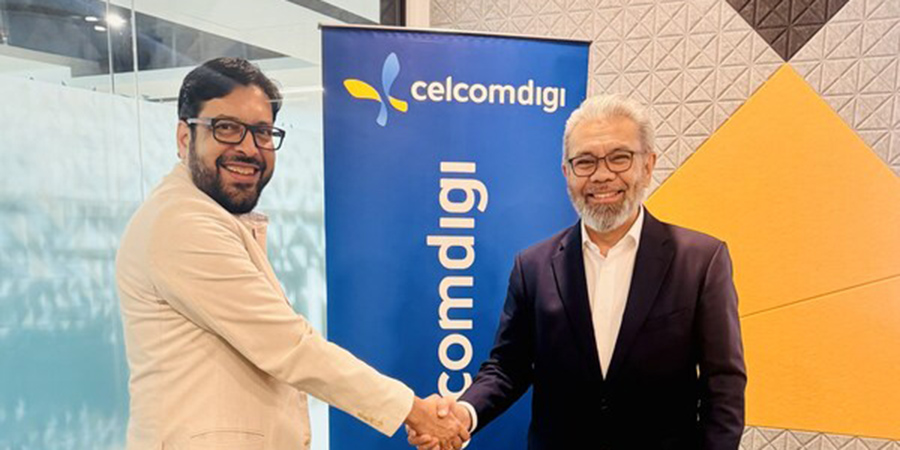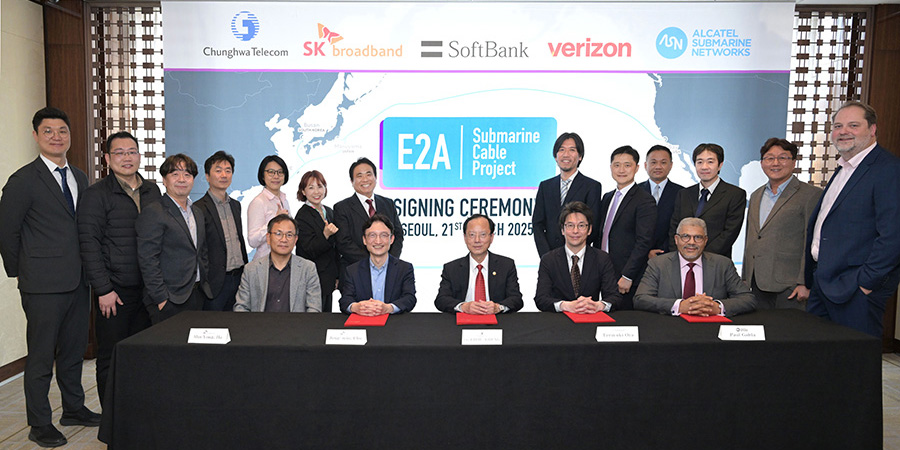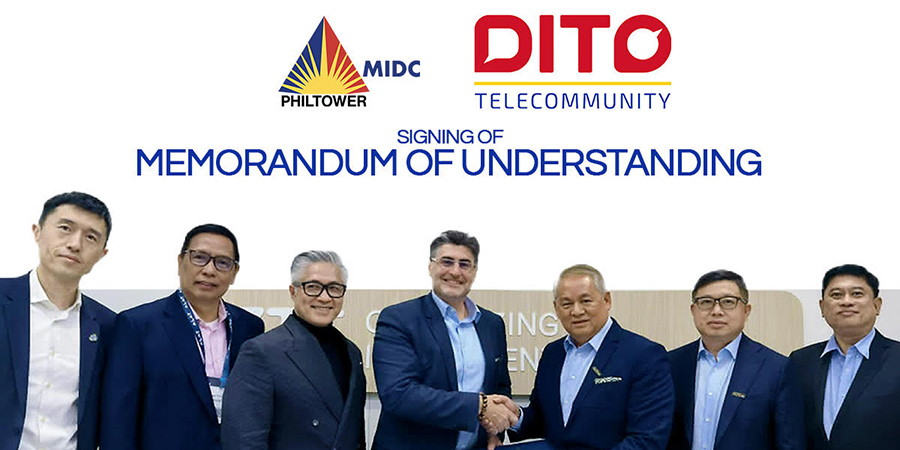As the telecommunications industry moves toward an intelligent era, artificial intelligence (AI) is poised to revolutionize every aspect of the digital world, enabling groundbreaking technologies that will reshape the future of the digital landscape.
At the Huawei Product & Solution Launch during Mobile World Congress (MWC) Barcelona 2025, Huawei revealed its innovative roadmap, showcasing a comprehensive suite of AI-powered solutions designed to transform network infrastructure, accelerate digital information, and propel the industry into a more intelligent, connected, and sustainable digital future.
AI-Centric Network Solution, Seizing New Opportunities in the AI Era
Yang Chaobin, Huawei’s Director of the Board and CEO of the ICT Business Group, introduced the AI-Centric Network solution to address the growing demand for enhanced network bandwidth, lower latency, wider coverage, and improved operations and management (O&M).
In his keynote, Yang Chaobin highlighted the solution’s four-layered approach, which includes all-domain connectivity, application-oriented O&M, enhanced AI-to-X services, and innovative business models. Through this strategy, Huawei aims to accelerate the transition towards an intelligent world while unlocking new revenue streams.
By exposing network capabilities, collaborating with different industries, and engaging in scenario-specific innovation, we can make the most of new growth opportunities in the age of AI, and bring the world one step closer to a brighter, more intelligent future.
AI-Centric 5.5G, Igniting the Mobile AI Era
Building on an AI-powered network foundation, Cao Ming, Vice President of Huawei and President of Huawei Wireless Solution, noted that mobile AI aims to revolutionize the world by delivering intelligent, human-like experiences anytime, anywhere, and for everything. This shift towards ‘AI for All’ will drive three major transformations in the mobile industry. Firstly, it will transform the user experience from being downlink-focused to offering diverse capabilities. Secondly, it will evolve O&M from AN L3 to AN L4 intelligence. Thirdly, it will shift business models from traffic-based to multi-factor monetization.
In the mobile AI era, connections will expand from human-to-human to human-to-AI and AI-to-AI, requiring diverse experiences and services. For multi-modal AI interactions, high uplink capability is essential. Cao Ming mentioned that, for real-time AI agent calling, ultra-low latency is critical. To enable ubiquitous intelligent connections, Cao Ming emphasized that seamless coverage is necessary, particularly for AI-powered devices in both dense cities and remote areas.
To address these challenges, Cao Ming introduced three AI-Centric 5.5G solutions: GigaGear, GreenPulse, and GainLeap.
Looking ahead, we will continue to innovate with all partners and develop more solutions to meet the evolving demands of mobile AI.

Cao Ming, Vice President of Huawei and President of Huawei Wireless Solution
Intelligent Core, Paving the Way to the Mobile AI Era
Further expanding on the mobile AI concept, George Gao, President of Huawei Cloud Core Network Product Line, charted the evolution of core networks into AI-native systems.
To meet the requirements of AI-powered terminals and services, core networks must evolve into AI native beyond connectivity.
In his keynote, George Gao noted that AI core network transformation occurs in two phases: 5G-A Intelligent Core and Agentic Core. He added that 5G-A Intelligent Core can equip three intelligence entries with calling agents, personalized experience agents, and digital expert agents.
Moreover, George Gao also launched Huawei’s Telco Intelligent Converged Cloud (TICC) infrastructure, which manages heterogeneous hardware and integrates FusionMind to provide high-quality training and inference services for agents.
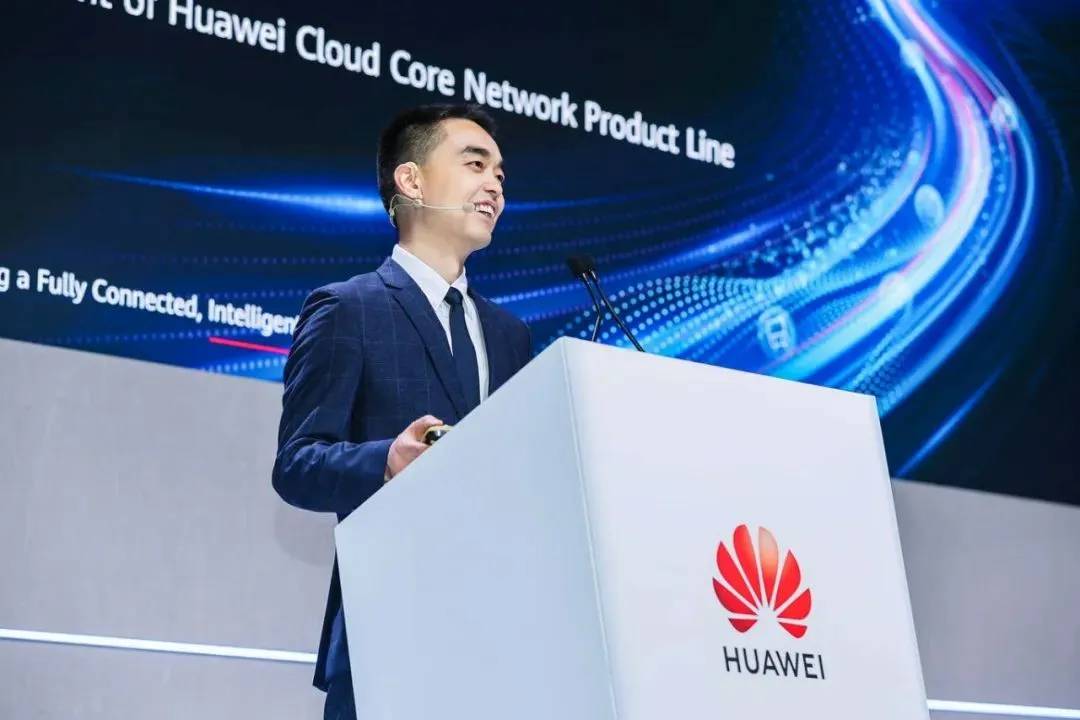
George Gao, President of Huawei Cloud Core Network Product Line
Towards AI ON for New Growth in the AI Era
Huawei’s product and solution launch also showcased optical network advancements, with Bob Chen, President of Huawei Optical Business Product Line, unveiling the AI Optical Network (AI ON) concept.
Premium connectivity is the solid foundation for AI development.
AI applications, from self-owned call assistants to third-party chatbots, thrive on a strong network foundation. According to Bob Chen, the equation is clear: (Data + Model + Computing) x Network = AI prosperity. However, AI development demands deterministic connections and on-tap computing power akin to utilities like electricity and water.
The transition to AI ON networks requires awareness, always-on demand, assurance, autonomous O&M, and AI-native capabilities. Chen explained that traditional networks struggle with undifferentiated services and reactive repairs, but AI-driven networks offer:
- Customized Connections: Instead of fixed speeds, users can get tailored services. For example, a gaming package can offer 500 Mbps speed, 10 ms latency, and 99.9999% reliability.
- Deterministic Performance: AI ensures low latency, “0” packet loss, and hitless protection switching, eliminating uncertainties caused by congestion and failures.
- Autonomous Operations: The application of AI enables real-time risk detection, automatic troubleshooting, and proactive network health checks.
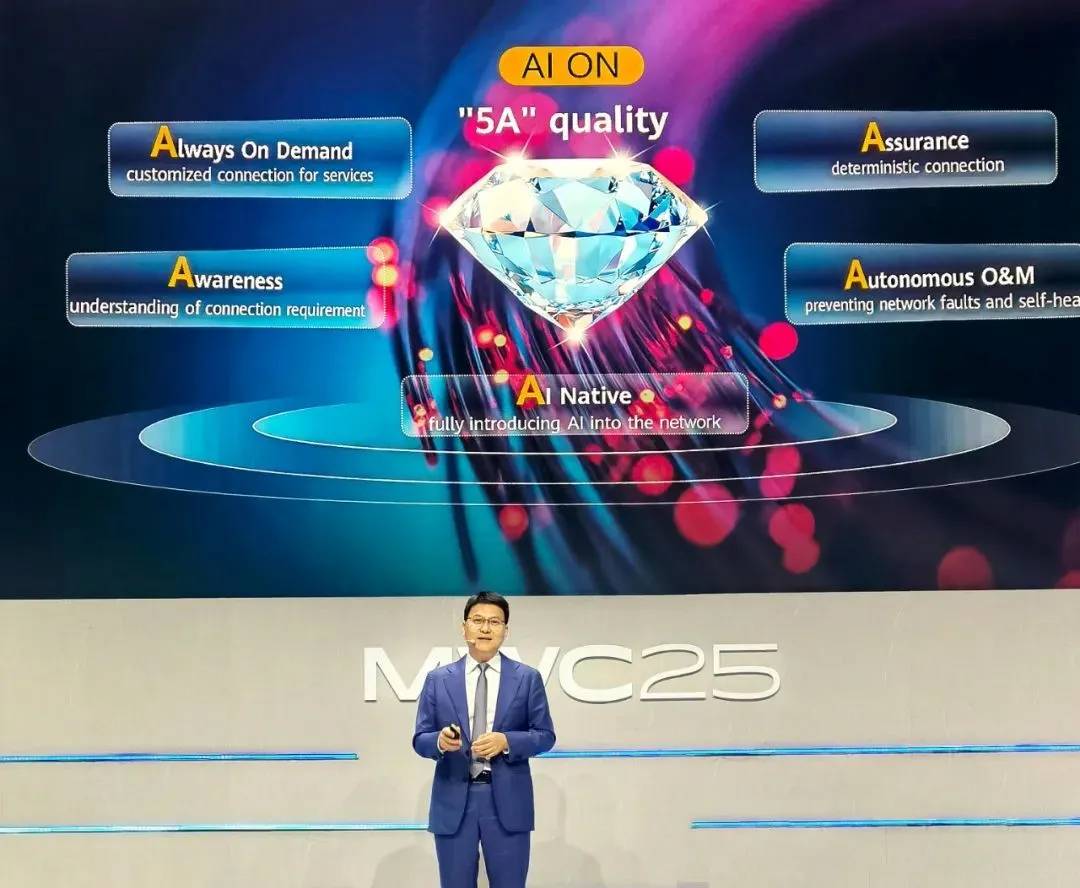
Bob Chen, President of Huawei Optical Business Product Line
AI WAN: Leading IP Networks into the Intelligent Era
Meanwhile, Leon Wang, President of Huawei Data Communication Product Line, presented the company’s new AI WAN solution, which is designed to empower IP networks in the Net5.5G era using AI. During his keynote, Leon Wang highlighted the solution’s three-layer architecture, comprising AI routers, AI new connections, and AI new brain, which enhances network performance and intelligence through millisecond-level flow sampling, high-accuracy flow awareness, and efficient security protection engines.
AI new connections enable flow-level scheduling to meet the diverse network requirements of various applications, allowing carriers to offer a wider array of value-added services.
Leon Wang explained that AI WAN’s predictive traffic management helped MTN South Africa reduce congestion at 10% of its 7,000 base stations, resulting in a 25% increase in data usage (DOU) in KwaZulu-Natal and traffic grew by 15.4%. In home services, Carrier CTM partnered with Huawei to optimize network services using an AI computing engine. This resulted in a dramatic reduction in game latency and hence a significant improvement on customer experience. For enterprise security, AI WAN’s intelligent flash defense detected attack flows, enabling carriers to offer high-value security services with a projected 35% revenue increase.
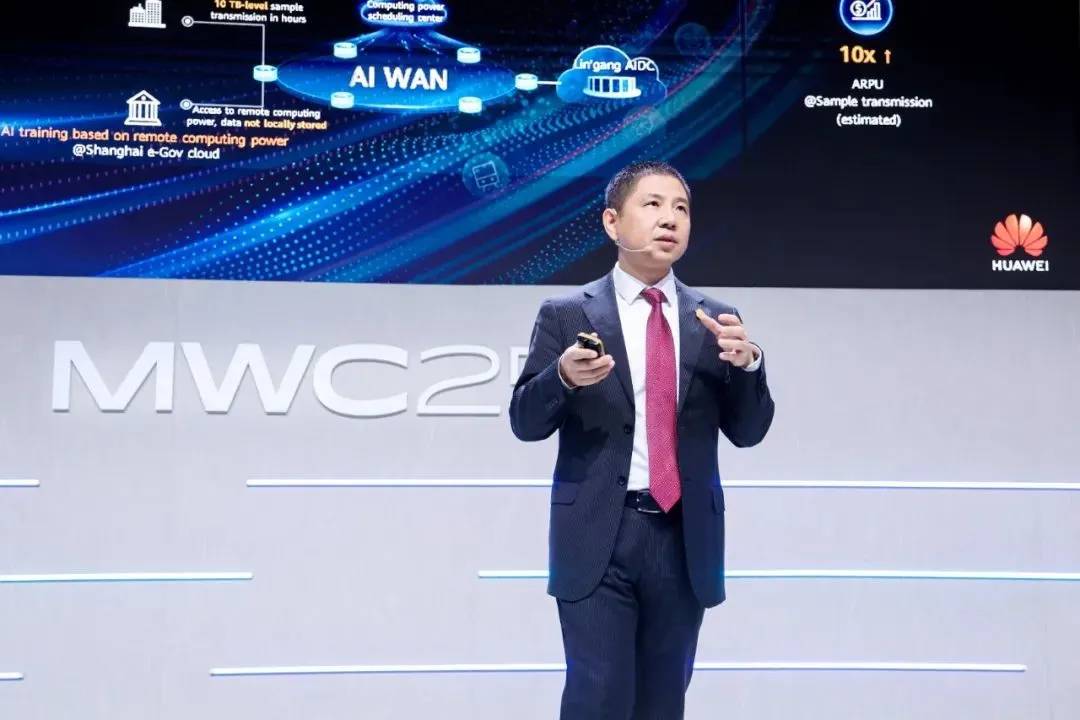
Leon Wang, President of Huawei Data Communication Product Line
AI-Ready Data Infrastructure Accelerates Telco-to-Techco Transformation
In his keynote, Peter Zhou, President of Huawei Data Storage Product Line, highlighted the growing importance of data in the AI era, as AI agents are set to leverage massive amounts of data to transform consumer, home, and business experiences.
By 2030, Peter Zhou predicts that each individual will generate TB-scale data, powering 10 billion AI agents, while each family will produce PB-scale data for 1.8 billion AI housekeepers, and enterprises will manage EB-scale data, driving 2.8 billion AI applications. To support this, Huawei introduced AI-Ready data storage, featuring a data lake, diverse data services, and a FlashEver business model. Their AI-driven storage innovations include OceanStor Dorado, which enables seamless AI and cloud-native applications; the OceanStor A Series storage, which reduces GPU wait time by 30% and cuts inference costs by 40%; and the OceanStor Pacific, which doubles storage capacity while cutting power consumption by 40%.
Peter Zhou added that Huawei’s security and business continuity solutions can reduce TCO by 30%, recover 1 TB of data in 20 seconds, and offer flexible AI storage models like FlashEver, a pay-as-you-go model with 10-year investment protection.
As the backbone for ICT infrastructure construction, carriers need to fully embrace AI to provide competitive services and boost the digital economy.
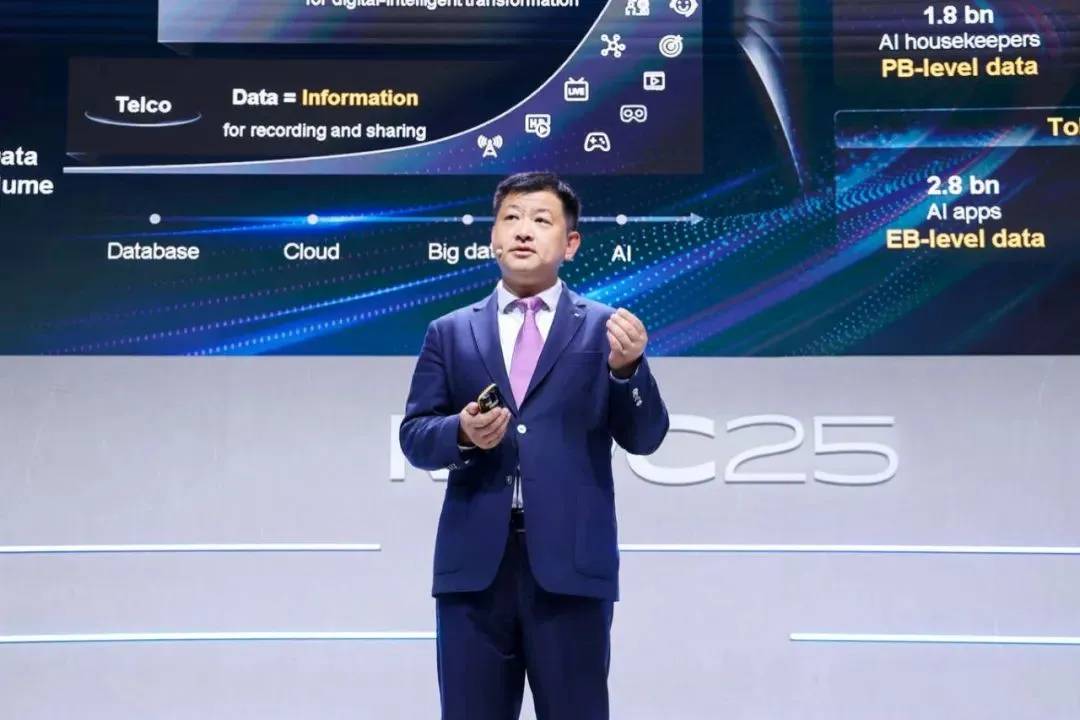
Peter Zhou, President of Huawei Data Storage Product Line
Huawei ICT Services and Software Enable Digital Intelligence Acceleration
In his keynote, Bruce Xun, President of Huawei Global Technical Service, showcased a series of innovative digital intelligence solutions to address the key challenges in the industry’s digital transformation journey.
Huawei established the equipment Center Office (CO) modernization solution, Intelligent Operations solution for MBB cross-domain service keepalive, Mobile Network NPS Improvement solution, Differentiated Service Experience Monetization and Assurance solution, and enhanced Mobile Money solution.
He emphasized focusing on high-value business scenarios, such as streamlining network, data, and AI capabilities along the value stream, and quickly integrating Copilot, AI Agent, and DTN into the operation process for efficient human-machine collaboration and value realization, ultimately creating tangible business value and accelerating digital intelligence.
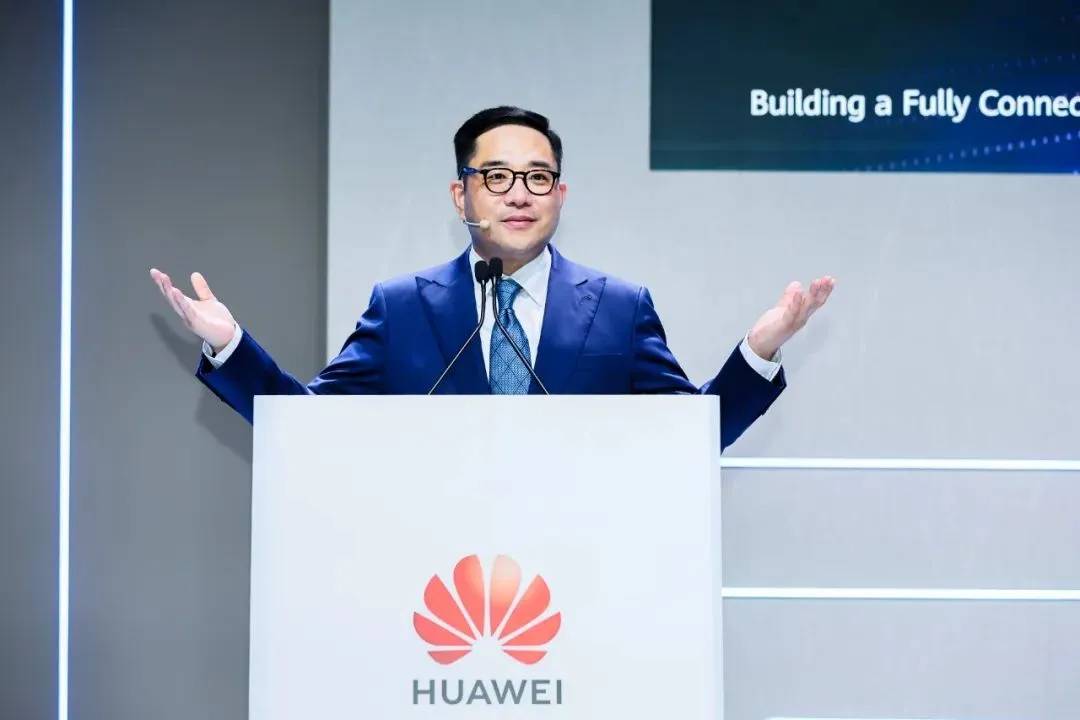
Bruce Xun, President of Huawei Global Technical Service
Accelerate Intelligence with Cloud, Leap from Telco to Techco
Bruno Zhang, Huawei Cloud CTO, discussed the comprehensive strategies required for telecom carriers to shift to technology companies, highlighting, “Carriers have clear expectations for the cloud.” In his keynote, Bruno Zhang outlined Huawei’s cloud offerings, including Huawei Cloud Stack and CloudDC to support this transformation.
The Huawei Cloud Stack has reduced TCO by 50% over 3 years, offering 120+ cloud services for seamless migration, while CloudDC provides 30+ Tier 3+ data centers with a 10x efficiency boost and AI-powered fault recovery within 15 minutes. In terms of AI-powered databases, GaussDB outperformed competitors, doubling performance, ensuring zero data loss, and auto-fixing 90% of faults.
A leap from data-centric to knowledge-centric has become a must. Data platforms in the AI era should extract knowledge and expertise from data, and more importantly, do it in an efficient way.
Huawei’s ‘AI for Industries’ initiative leverages its Pangu Models and ModelArts to help enterprises create industry-specific AI models, with over 400 AI applications successfully deployed across 30+ industries. To help carriers leverage their device-cloud synergy with multi-architecture compute and multi-OS devices, Huawei created Cloud Device, a family of products including KooPhone, KooDrive, and Cloud STB. These products deliver 60 ms latency and zero buffering.
Bruno Zhang highlighted that live streaming and AI have experienced remarkable growth, with streamers increasing by 10x and AI usage growing 20x over the past five years. While traditional networks face challenges, Huawei’s Cloud Media Edge enhances real-time streaming and drives ARPU growth. Finally, Bruno Zhang explained that carriers require ecosystem capability and operational expertise to expand their enterprise business, and Huawei Cloud offers two solutions to support this. KooGallery provides carriers with easy access to tens of thousands of enterprise applications via standard APIs, while Cloud on Cloud offers comprehensive cloud operation capabilities.
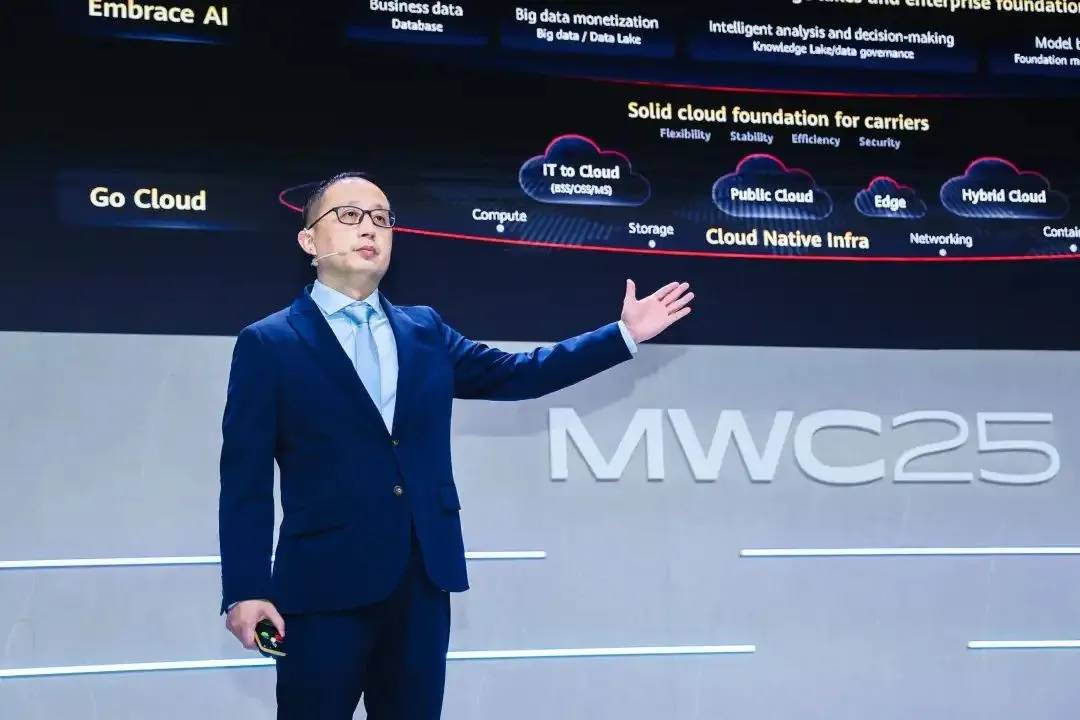
Bruno Zhang, Huawei Cloud CTO
AI Empowering Operators Accelerated Transition Towards Energy Prosumers
Recognizing the significant role of technological innovation in the intelligent era, He Bo, President of Huawei Data Center Facility & Critical Power Product Line, highlighted the challenges of rising energy consumption, emissions, and infrastructure reliability. In his keynote, Bo noted that AI-driven energy solutions are transforming operators into Energy Prosumers 2.0.
He Bo introduced the Single SitePower infrastructure and AI-driven DC infrastructure to address these concerns. These solutions integrate energy and information flows and enhance resilience, efficiency, and sustainability. He also highlighted Huawei’s Virtual Power Plants (VPP), AI-driven PV+ battery systems (which increase energy yield by 20% and reduce cabling by 80%), and the Arc-Fault Circuit Interrupter (AFCI), which can extinguish arcs in 2.5 seconds, improving safety.
We believe that Huawei’s Single SitePower infrastructure and AI-driven DC infrastructure can create a more resilient, reliable, and greener ICT energy base. This will empower operators to transition to Energy Prosumers 2.0 and succeed in the new era of carbon neutrality and intelligence.
Meanwhile, Huawei’s modular designs and advanced cooling systems for data centers are addressing reliability, uncertainty, delivery, and high power demands. Huawei’s series of innovations aims to establish a greener energy foundation for the ICT industry, driving operators to thrive while accelerating carbon neutrality goals.
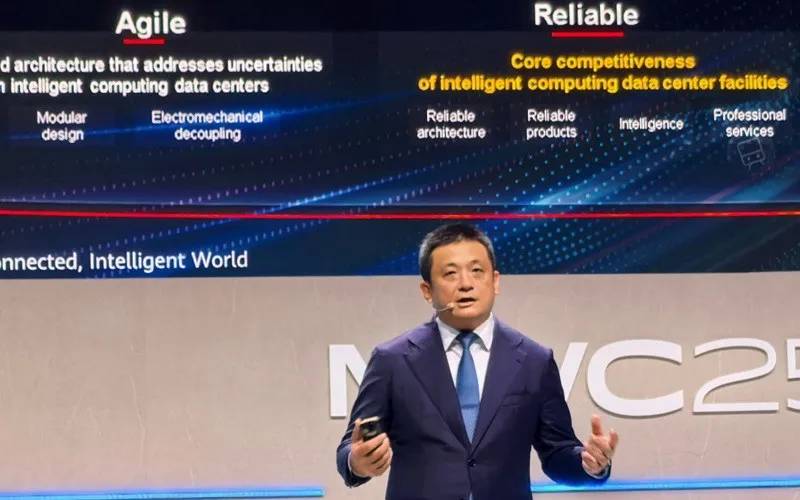
He Bo, President of Huawei Data Center Facility & Critical Power Product Line
Through these comprehensive product and solution offerings, Huawei is demonstrating its commitment to driving innovation and establishing an intelligent and sustainable digital ecosystem, ultimately advancing the telecommunications industry.
Read More:
Huawei’s Yang Chaobin Highlights AI’s Transformative Power at MWC 2025
Huawei Reports Revenue Increase in 2024 Amid Declining Margins
PTA, Huawei Partner to Advance Pakistan’s Digital Transformation



